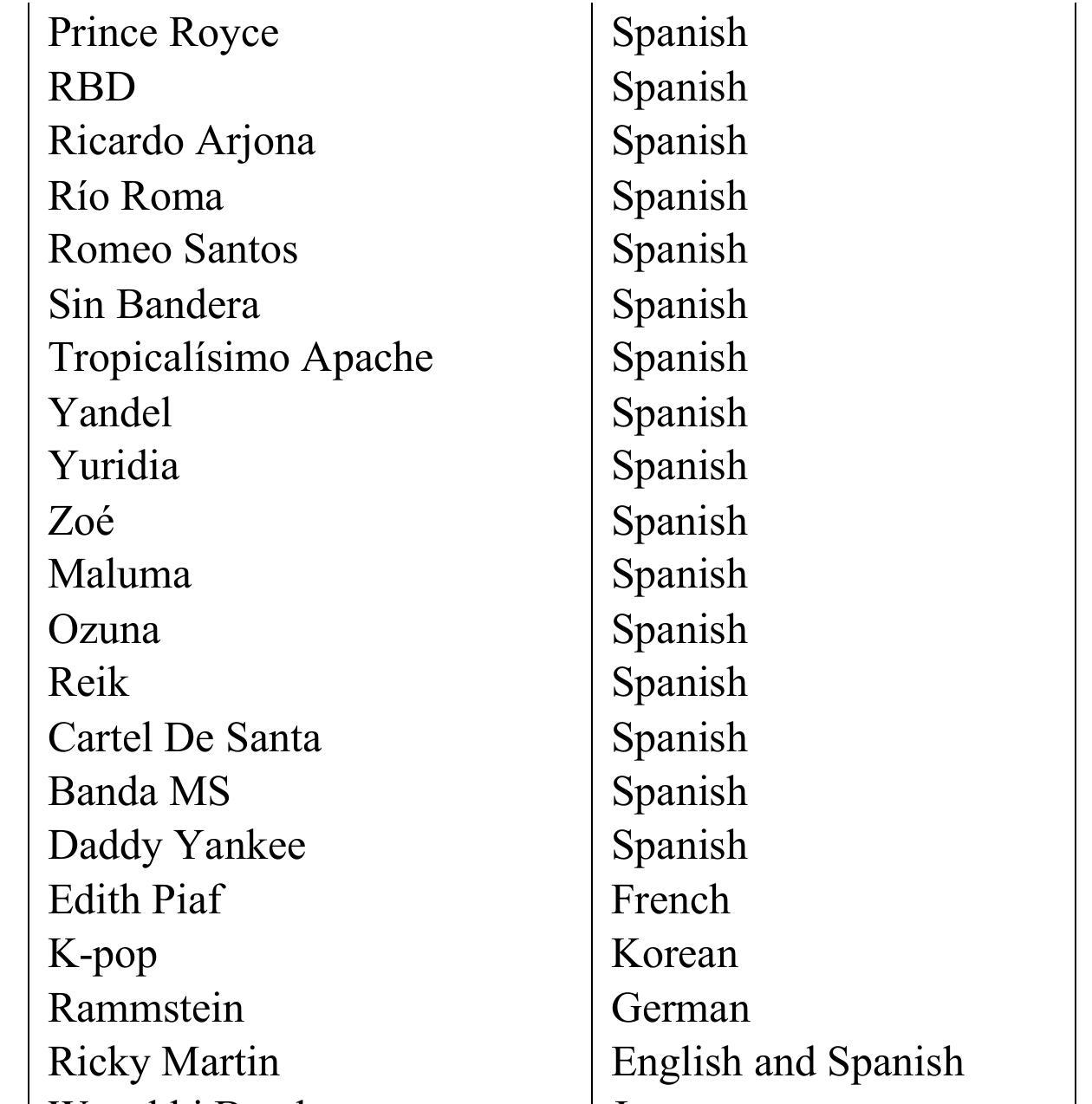
The Importance of Culturally Responsive Teaching in Education
Key Points:
- The concept of Culturally Responsive Teaching (CRT) promotes equitable excellence and validates diverse experiences.
- CRT bridges the gap between students’ knowledge and classroom content, affirming identities and values.
- Teachers must be well-versed in the role of culture in learning to address the needs of diverse students.
- CRT helps create equitable classroom climates and empowers students to actively participate in decision-making processes.
- Challenges of CRT include negative perceptions from parents, lack of teacher preparation, and superficial attempts at diversity.
The tapestry of America’s history is arguably woven with threads of multiculturalism, reflecting a nation that has embraced diversity since its inception. In many ways, the history of multicultural education runs parallel with the history of the United States, because we have been an ostensibly multicultural nation from the very beginning.
Within the educational landscape, the concept of Culturally Responsive Teaching (CRT) has emerged as a multifaceted approach that aims to promote equitable excellence and validate the diverse experiences of students. CRT refers to a student-centered approach that seeks to validate and affirm students’ diverse experiences and contributions. By creating bridges between students’ knowledge and classroom content, educators who employ CRT practices aim to affirm identities and values. Furthermore, educators who employ CRT extend learning beyond the classroom, thereby fostering community engagement and service learning to enhance students’ critical consciousness regarding social justice and racial inequalities.
The educational landscape calls for teachers to be well-versed in the role of culture in learning to address the needs of students from diverse backgrounds. CRT helps bridge the gap between teachers and students, thereby leveraging cultural backgrounds as assets in the learning process. Effective teaching is deemed as inherently and inevitably culturally responsive. Proper teacher preparation becomes crucial to address the cultural gap, as well as to ensure that teachers are adequately equipped to respond to students’ varied learning styles and needs. Culturally responsive instructional practices play a pivotal role in creating equitable classroom climates. Teachers must employ cultural scaffolding to help diverse students use their backgrounds to enhance academic achievement, including collaborative learning opportunities that empower students to participate actively in decision-making processes. Culturally responsive caring involves setting high expectations for students while recognizing and addressing their unique needs.
Despite its advantages, CRT faces challenges. Negative perceptions from parents (irrespective of their cultural background) may arise if they feel the content taught does not align with their cultural values. Teacher preparation also plays a crucial role, as some educators may struggle with implementing CRT consistently. A lack of awareness amongst teachers about their own biases and privileges can hinder effective implementation. Superficial attempts at diversity, such as using ‘ethnic’ songs and dances, may lead to trivial celebrations as opposed to the intended meaningful improvements in student achievement. Additionally, deficit thinking by teachers may contribute to misconceptions about students (i.e., conflating race with socioeconomic status). Teachers themselves need increased exposure to diverse cultures to overcome these biases and deliver truly culturally responsive education.
Educational Pluralism and Assimilation in the United States
Educational Pluralism
- Educational pluralism is prevalent in many democratic school systems.
- It involves government funding and regulation of schools without direct operational control.
- Accountability is maintained through national curricula and standardized exams.
- The United States lacks a truly pluralistic system due to preferences for local control and resistance to a government-prescribed curriculum.
- Pluralistic systems in the United States face constitutional challenges, particularly regarding funding for religious schools.
Assimilation in Education
- Assimilation in education entails shaping students into fully functioning citizens by infusing common cultural traits into curricula.
- Advocates argue that schools play a crucial role in nation-building by instilling established values in children.
- Assimilationist education may inadvertently disadvantage students with different learning styles, perpetuating perceptions of mainstream superiority.
- The historical roots of assimilationism in education can be traced back to the 19th century.
- Policies like the Civilization Fund Act sought to assimilate Native American children through off-reservation boarding schools.
As the United States continues to navigate its diverse cultural landscape, educators grapple with the challenges and opportunities presented by CRT, pluralism, and assimilationism. Acknowledging the strengths and weaknesses of each approach is essential for crafting an inclusive and effective educational system. In essence, educators can contribute to a more equitable and enriching educational experience for all by fostering a deep understanding of cultural diversity and implementing strategies that validate students’ unique backgrounds.
About the Author
Dr. Yuvraj Verma
Dr. Yuvraj Verma has been a teacher in Alabama since 2022 presently teaching at Chalkville Elementary School (within the Jefferson County Schools System), but he taught at Martha Gaskins Elementary School (within the Birmingham City Schools System) his first year. Previously, he taught in New York from 2017-21 at PS446 Riverdale Avenue Community School, Our World Neighborhood Charter School II, and Growing Up Green Charter School II. Verma holds a BA from Iona University, a MAT from the Relay Graduate School of Education, and an EdS and EdD from William Howard Taft University. He serves on various Junior Boards: the Junior Achievement of Alabama, Christopher Kids, WBHM Birmingham NPR, Volunteer Lawyers Birmingham, and Heart Gallery Alabama. Verma is also an emergency department clinical aide at the Children’s of Alabama Hospital, and a special-advocate for children at the Jefferson County (Alabama) Family Court.
SDGs, Targets, and Indicators Analysis
1. Which SDGs are addressed or connected to the issues highlighted in the article?
- SDG 4: Quality Education
- SDG 10: Reduced Inequalities
- SDG 16: Peace, Justice, and Strong Institutions
The article discusses the concept of Culturally Responsive Teaching (CRT) and its role in promoting equitable education and validating the diverse experiences of students. This aligns with SDG 4, which aims to ensure inclusive and equitable quality education for all. The article also addresses the challenges and opportunities presented by CRT, highlighting the need to reduce inequalities in education (SDG 10) and promote social justice and strong institutions (SDG 16).
2. What specific targets under those SDGs can be identified based on the article’s content?
- Target 4.7: By 2030, ensure that all learners acquire the knowledge and skills needed to promote sustainable development, including through education for sustainable development and sustainable lifestyles.
- Target 10.2: By 2030, empower and promote the social, economic, and political inclusion of all, irrespective of age, sex, disability, race, ethnicity, origin, religion, or economic or other status.
- Target 16.7: Ensure responsive, inclusive, participatory, and representative decision-making at all levels.
The article emphasizes the importance of culturally responsive teaching in promoting sustainable development by validating students’ diverse experiences and contributions (Target 4.7). It also highlights the need to empower and include all students, regardless of their cultural background, in the educational process (Target 10.2). Additionally, it calls for inclusive decision-making processes that involve students in shaping their own education (Target 16.7).
3. Are there any indicators mentioned or implied in the article that can be used to measure progress towards the identified targets?
- Indicator 4.7.1: Extent to which (i) global citizenship education and (ii) education for sustainable development are mainstreamed in the national education policies, curricula, teacher education, and student assessments.
- Indicator 10.2.1: Proportion of people living below 50 percent of median income, by age, sex, and persons with disabilities.
- Indicator 16.7.1: Proportions of positions (by sex, age, persons with disabilities, and population groups) in public institutions (national and local legislatures, public service, and judiciary) compared to national distributions.
The article indirectly refers to the need for mainstreaming global citizenship education and education for sustainable development in national education policies and curricula (Indicator 4.7.1). It also highlights the importance of addressing inequalities in income and opportunities based on age, sex, and disability (Indicator 10.2.1). Furthermore, it emphasizes the need for diverse representation in decision-making positions within public institutions (Indicator 16.7.1).
4. Table: SDGs, Targets, and Indicators
| SDGs | Targets | Indicators |
|---|---|---|
| SDG 4: Quality Education | Target 4.7: By 2030, ensure that all learners acquire the knowledge and skills needed to promote sustainable development, including through education for sustainable development and sustainable lifestyles. | Indicator 4.7.1: Extent to which (i) global citizenship education and (ii) education for sustainable development are mainstreamed in the national education policies, curricula, teacher education, and student assessments. |
| SDG 10: Reduced Inequalities | Target 10.2: By 2030, empower and promote the social, economic, and political inclusion of all, irrespective of age, sex, disability, race, ethnicity, origin, religion, or economic or other status. | Indicator 10.2.1: Proportion of people living below 50 percent of median income, by age, sex, and persons with disabilities. |
| SDG 16: Peace, Justice, and Strong Institutions | Target 16.7: Ensure responsive, inclusive, participatory, and representative decision-making at all levels. | Indicator 16.7.1: Proportions of positions (by sex, age, persons with disabilities, and population groups) in public institutions (national and local legislatures, public service, and judiciary) compared to national distributions. |
Behold! This splendid article springs forth from the wellspring of knowledge, shaped by a wondrous proprietary AI technology that delved into a vast ocean of data, illuminating the path towards the Sustainable Development Goals. Remember that all rights are reserved by SDG Investors LLC, empowering us to champion progress together.
Source: eschoolnews.com

Join us, as fellow seekers of change, on a transformative journey at https://sdgtalks.ai/welcome, where you can become a member and actively contribute to shaping a brighter future.






